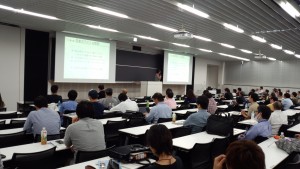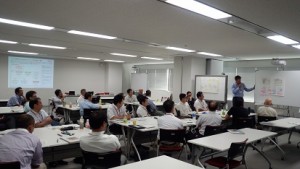Hidenori Nakai, Kiyoshi Honda, Hironori Washizaki, Yoshiaki Fukazawa, Ken Asoh, Kaz Takahashi, Kentarou Ogawa, Maki Mori, Takashi Hino, Yosuke Hayakawa, Yasuyuki Tanaka, Shinichi Yamada, Daisuke Miyazaki, “Initial Industrial Experience of GQM-based Product-Focused Project Monitoring with Trend Patterns,” 21st Asia-Pacific Software Engineering Conference (APSEC 2014), Poster, Jeju, Korea, December 1-4, 2014. (to appear)
It is important for project stakeholders to identify a state of projects and quality of products. Although metrics are useful for identifying them, it is difficult for project stakeholders to select appropriate metrics and determine the purpose of measuring metrics. We propose an approach which defines the measured metrics by GQM method support identifying tendency of projects and products based on Trend Pattern. Additionally, we implement a tool as Jenkins Plugin which visualizes an evalu-ation results based on GQM method. We perform an industrial case study, which object is two software development projects. In our industrial case study, we can identify the tendency of project and product. We also identify the problem that product contains. Therefore if project stakeholders use our approach and tool, then they can identify the problem of project and product.

